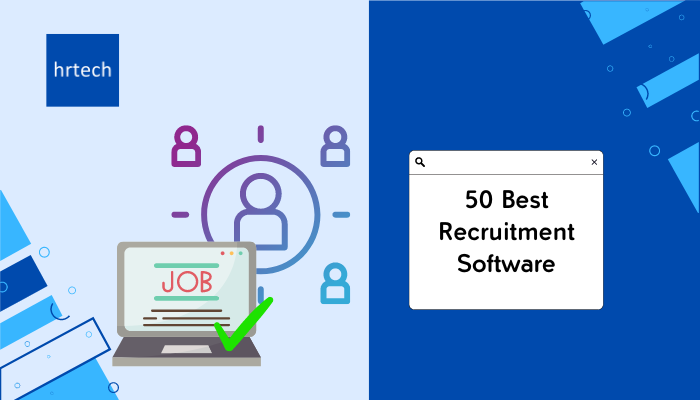The Winning Edge: Leveraging Talent Acquisition Software for Achievement

In today's fast-paced corporate landscape, the search for top talent has become more challenging. Organizations are constantly seeking innovative ways to enhance their hiring processes and ensure they draw in the best candidates. One of the most powerful tools to achieve this goal is recruitment software. By leveraging advanced technology, companies can not only boost their staffing efforts but also gain a notable edge over their competitors.

Staffing software offers a multitude of features designed to optimize and enhance the hiring process. From streamlining repetitive tasks to providing analytics-based insights, these tools enable hiring managers and HR professionals to make informed decisions. In an era where hiring can make or break a company's success, investing in strong software for hiring is no longer just an consideration; it is a strategic necessity. Utilizing these state-of-the-art solutions can lead to better hiring, shortened time to fill positions, and ultimately, a stronger workforce.
Advantages of Recruitment Systems
Hiring systems streamlines the hiring process by simplifying repetitive tasks. This effectiveness allows human resources personnel to focus on strategic activities including interacting with candidates and building a robust employer brand. By eliminating manual processes, companies can significantly reduce the time it takes to fill vacancies, thereby enhancing productivity and lowering operational costs.
Furthermore, hiring systems improves the caliber of hires by using sophisticated algorithms to match candidates with job needs. This tool aids in filtering resumes and spotting top talent who have the skills and experience that match with business requirements. By leveraging data-driven insights, companies can make better hiring choices, resulting in improved employee retention and satisfaction.
Finally, utilizing hiring software fosters a better organized and collaborative hiring process. It promotes communication among team members, allowing stakeholders to exchange feedback and evaluations in real time. This collaboration is essential for maintaining openness throughout the hiring process, ensuring that all hires positively contribute to the company's culture and goals.
Key Features to Look For
When selecting software for recruitment, one of the most critical features is an user-friendly user interface. A user-friendly design enables recruiters and hiring managers to use the system effortlessly, lessening the learning curve and enhancing productivity. An accessible interface ensures that all team members, irrespective of their tech-savviness, are able to utilize the software and leverage it for streamlineing their hiring processes.
An additional essential feature is advanced analytics and reporting capabilities. Recruitment software should offer insights into key performance indicators such as time-to-fill, source of hire, and candidate quality. These metrics allow companies to evaluate their recruitment strategies, spot bottlenecks, and implement data-driven decisions to enhance overall hiring outcomes. Having access to comprehensive analytics can give organizations an advantage in refining their recruitment processes.
In conclusion, seamless integration with other tools and platforms is crucial for effective recruitment software. Modern hiring commonly involves collaboration across various teams, such as HR, finance, and marketing. As a result, the ability for the recruitment software to integrate smoothly with existing systems like applicant tracking systems, human resources information systems, and communication tools can significantly enhance efficiency. software recruiting ensures that all departments function together, promoting increased teamwork and a smoother hiring experience.
Best Methods for Deployment
Deploying software for hiring successfully requires detailed planning and execution. Begin by clearly defining your recruitment goals and understanding the particular needs of your organization. This first step ensures that the chosen software fits perfectly with your processes and helps create a more efficient workflow. Engage key stakeholders from different departments to collect insights and requirements, encouraging a cooperative approach that will enhance the overall integration of the new system.
Educating is another vital aspect of a effective deployment. Invest time in educating your recruitment team on how to use the software effectively. Offer hands-on training sessions and create thorough resources that they can refer to afterward. Encourage an atmosphere where team members can ask questions and share tips with one another. This will not only boost confidence in using the software but also foster a culture of ongoing improvement and learning within the team.
Lastly, track the software's performance and collect feedback consistently. This practice allows you to spot any challenges that users might face and provides an opportunity to make tweaks as needed. Establish key performance indicators to measure the effectiveness of the recruitment software and its impact on your hiring process. By staying ahead of the curve and responsive to the needs of your team, you can enhance the benefits of the software for recruitment and ensure it adds to your organization's success.
